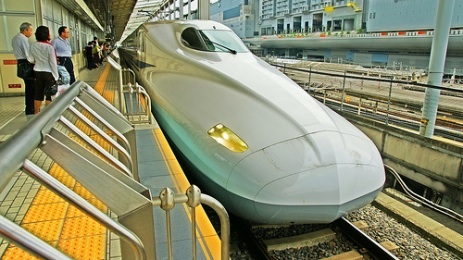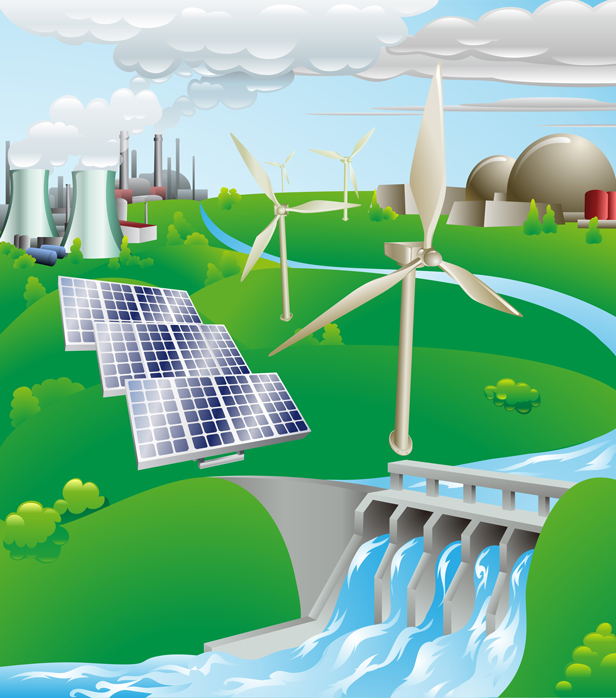 Train, to earthquake: “Suck it!”Photo: kiyoshi.beThe tsunami that struck Japan had a devastating effect on at least four trains closest to the epicenter of the quake, washing them away completely. But in the rest of the country, it appears that the earthquake and its aftershocks only derailed a single passenger train, even through the entire main island moving 8 feet.
Train, to earthquake: “Suck it!”Photo: kiyoshi.beThe tsunami that struck Japan had a devastating effect on at least four trains closest to the epicenter of the quake, washing them away completely. But in the rest of the country, it appears that the earthquake and its aftershocks only derailed a single passenger train, even through the entire main island moving 8 feet.
Despite the fact that they were traveling at over 200 mph at the time of the quake, not a single bullet train derailed. A just-released, detailed first-hand account of one rider’s experience — the train he was on made an emergency stop as soon as the first tremor hit — reveals the resilience of a high speed rail infrastructure built with natural disasters in mind:
The stopping distance of a bullet train at high speed is alarmingly large. The head of the train came into view out my window, curving around to the left, and disappeared into a grove of trees. A mysterious billow of brown smoke emanated from the behind the trees, presumably the brake pads applied as hard as possible.
With a couple of last sharp shakes, the train came to a halt without derailing, all the more amazing since geologists estimate that our part of Japan jumped 8 feet during the event. I’ve done the Harry Potter ride at Universal studios, but the sensation of a 200-mile-per-hour bullet train doing an emergency stop during an earthquake really gets the heart pounding.
Outside the area affected by the Tsunami, travel advisories indicate that Japan’s trains now appear to be running on time.
Read more:
“Notes on an earthquake,” The Planetary Society




